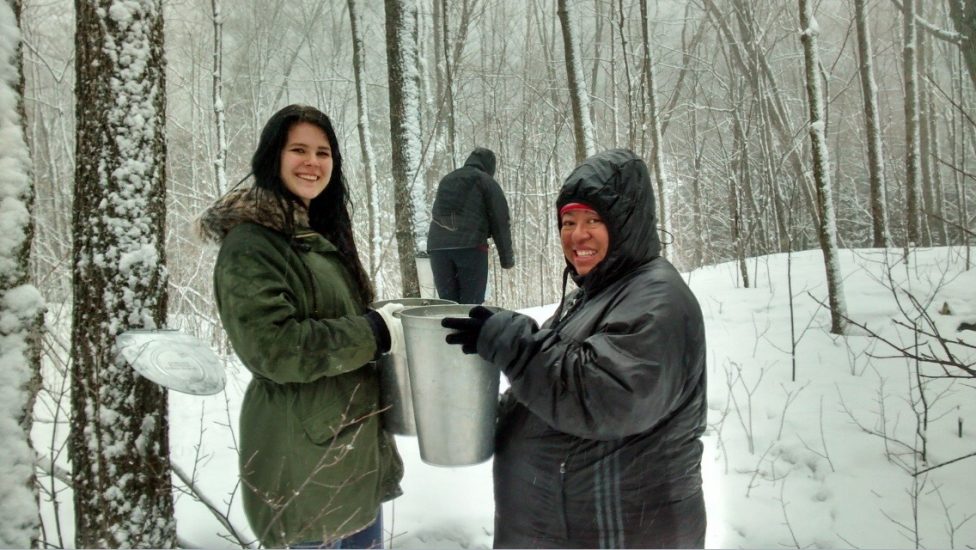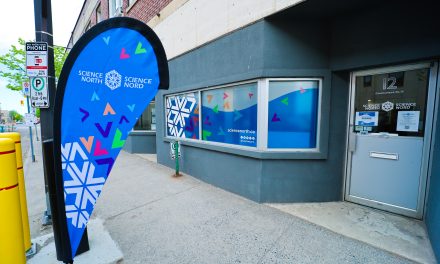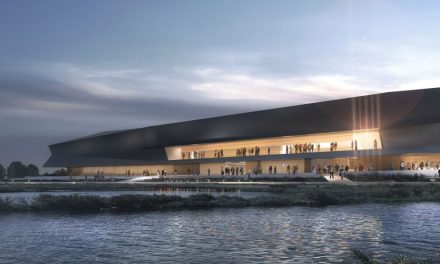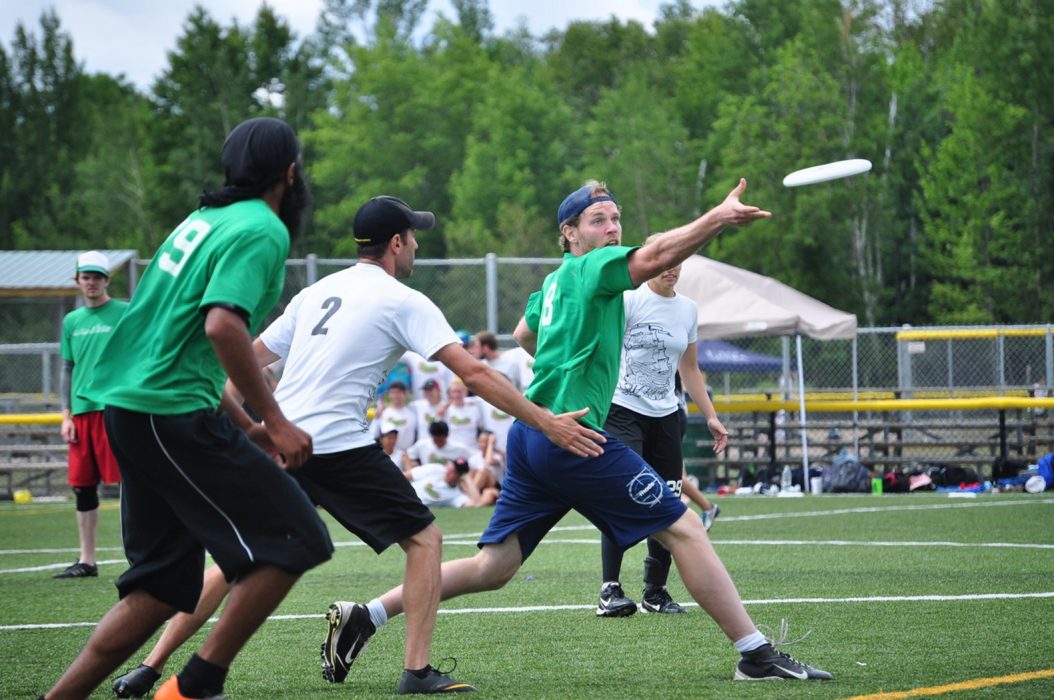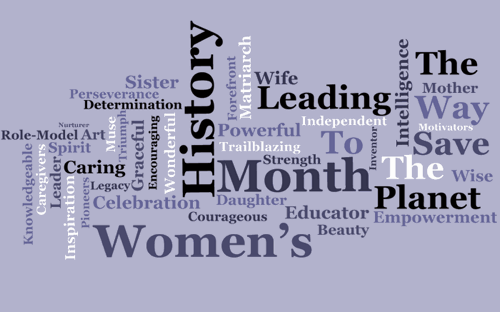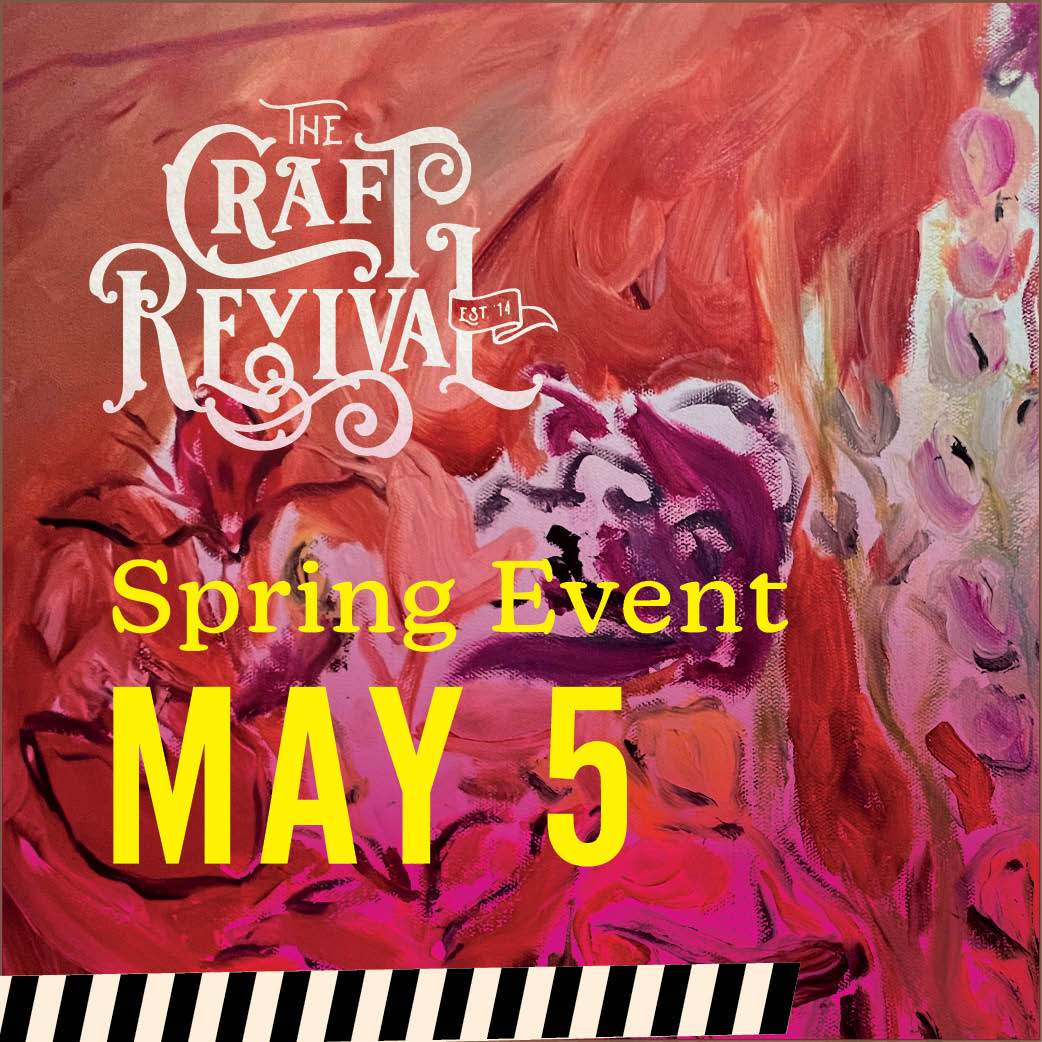Maple Syrup and Anishinaabe Governance in a (Climate) Changing World
Story by Damien Lee and Stephanie MacLaurin, Photos by Dave Koski
Few people will know that Fort William First Nation is home to a sugar maple stand that produces maple syrup each year. The “sugar bush” is located in a special spot, relatively hidden from the harshest bite of the cold. For at least 200 years, our sugar bush has been a space of medicine, governance, economy, and community building.
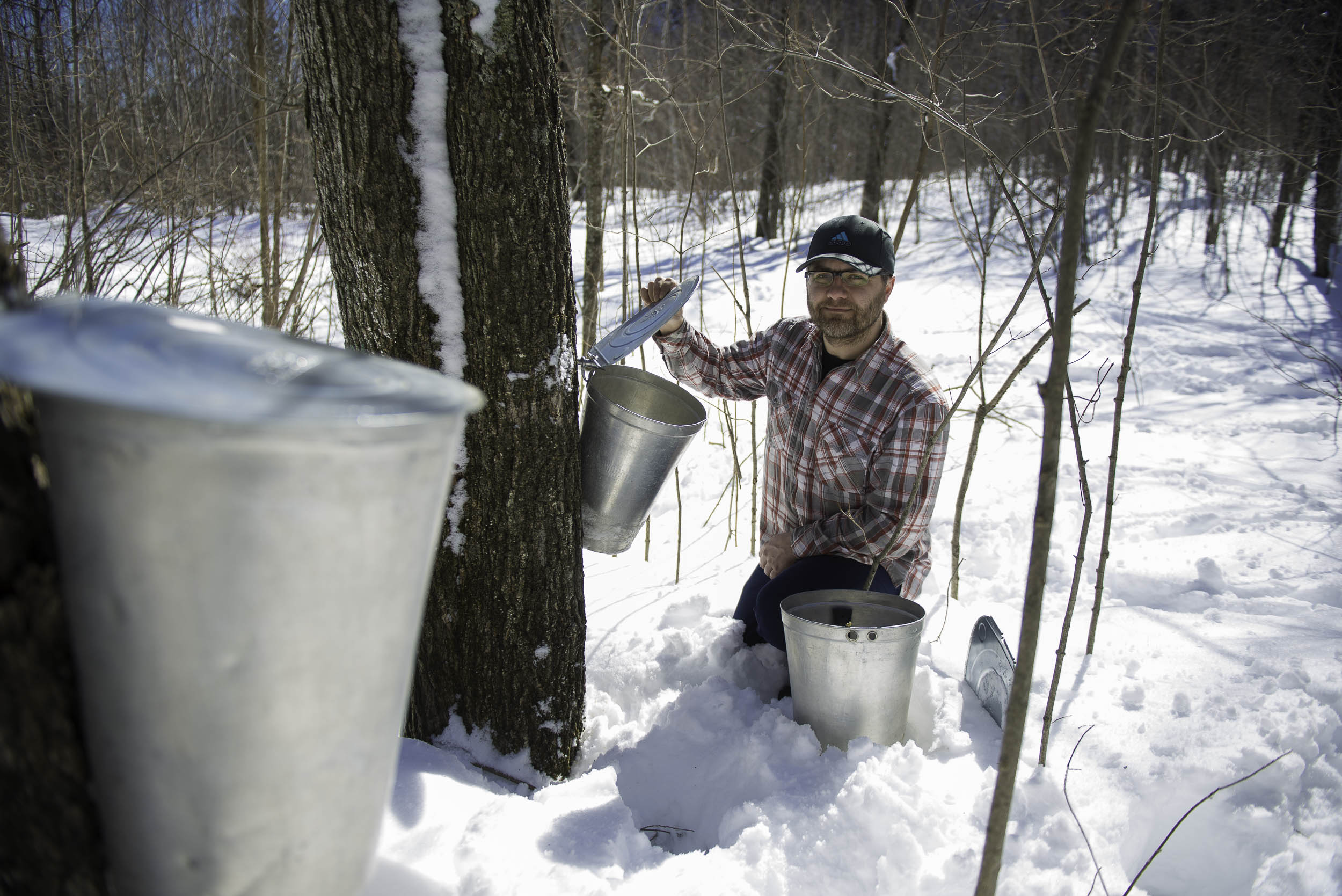 In 2014, after about 25 years of not being actively tapped, a group of Fort William First Nation women, men, and youth came together and began tapping the sugar bush again. Each individual who participates in the “sugaring” process has a unique story that has brought them to the centre of this activity. For some, the connection to the sugar bush and its resurgence has been cultivated over the course of many years. For others, their (re)connection is relatively recent. Regardless of when or how an individual comes to find themselves around the fire, room is created to include all who rightfully belong, as well as invited guests. This is an integral component of how maple syrup is a viable alternative to current governance structures within First Nations communities. In order for community-based governance to be effective, community members have to be able to find a place where their voices are heard and respected.
In 2014, after about 25 years of not being actively tapped, a group of Fort William First Nation women, men, and youth came together and began tapping the sugar bush again. Each individual who participates in the “sugaring” process has a unique story that has brought them to the centre of this activity. For some, the connection to the sugar bush and its resurgence has been cultivated over the course of many years. For others, their (re)connection is relatively recent. Regardless of when or how an individual comes to find themselves around the fire, room is created to include all who rightfully belong, as well as invited guests. This is an integral component of how maple syrup is a viable alternative to current governance structures within First Nations communities. In order for community-based governance to be effective, community members have to be able to find a place where their voices are heard and respected.
While collecting and boiling the sap, we discuss how the Chief and Council system as a form of so-called “governance” present 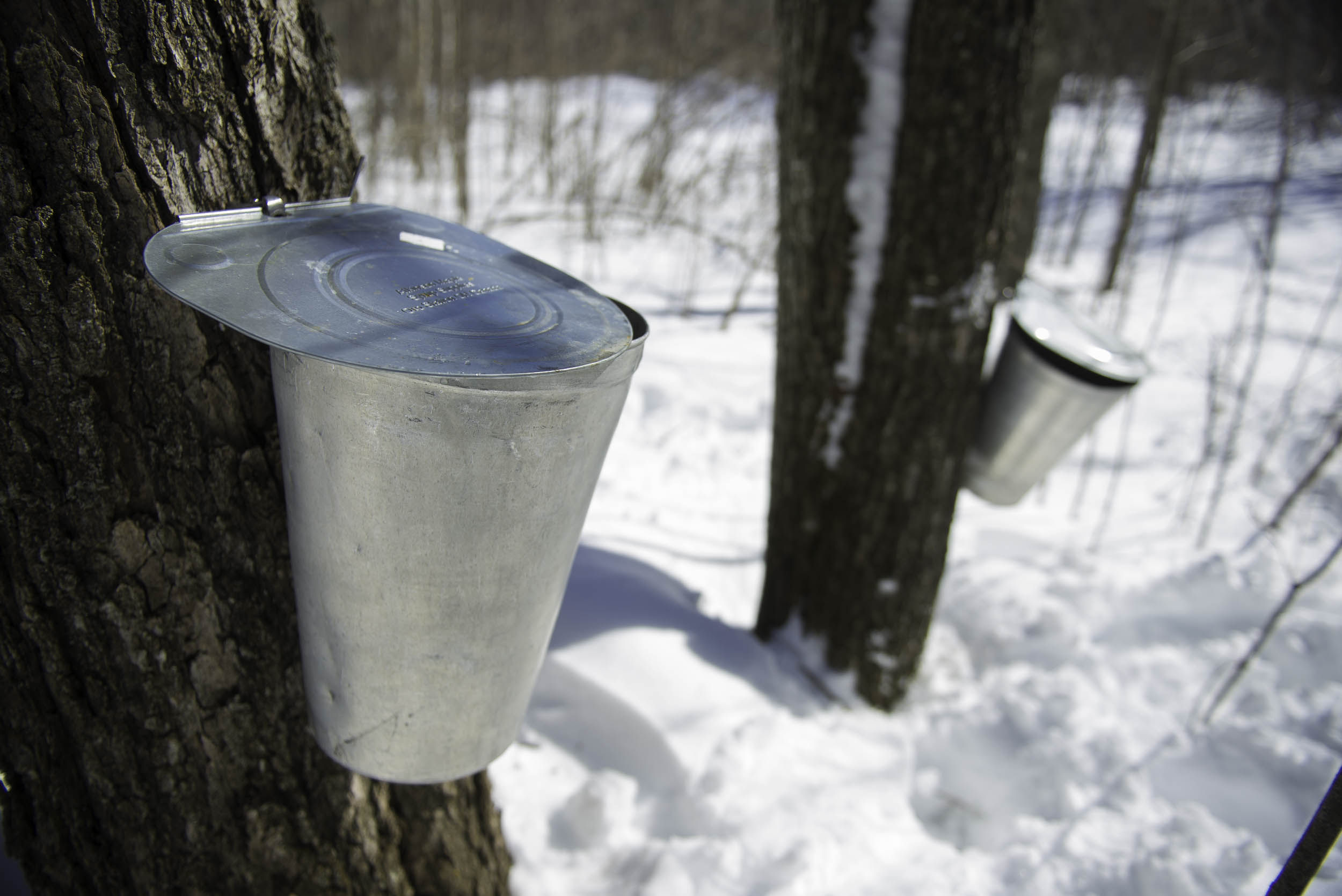 in our community today perpetuates a hierarchal and corrupting form of “leadership”; we then take care to avoid reproducing these traits by ensuring the sugaring process itself is structured by the leadership of women and two-spirit people. However, sugaring is more than this. It is also an act of resurgent Anishinaabe governance in a colonized world. And one way to see this is by considering how Anishinaabeg are responding to climate change in the sugar bush.
in our community today perpetuates a hierarchal and corrupting form of “leadership”; we then take care to avoid reproducing these traits by ensuring the sugaring process itself is structured by the leadership of women and two-spirit people. However, sugaring is more than this. It is also an act of resurgent Anishinaabe governance in a colonized world. And one way to see this is by considering how Anishinaabeg are responding to climate change in the sugar bush.
While climate change is not good for the planet and needs to be addressed with strong political will, the fact is that it is here right now and is affecting the land. The maple sap flows earlier in the year than it used to. In English, it might be said that the sap would normally flow in April, but it now starts flowing in March due to warmer winters that end earlier than normal.
But from within Anishinaabe thought, the seasons aren’t static—they move. While April might start at a specific number of days after January 1, in Anishinaabemowin (the Ojibway language), the month normally transposed onto April is Ziisibaakadake Giizis (sugar making moon). Nowadays, one could say that the season of Ziisibaakadake Giizis is moving into March; the season starts when the sap flows.
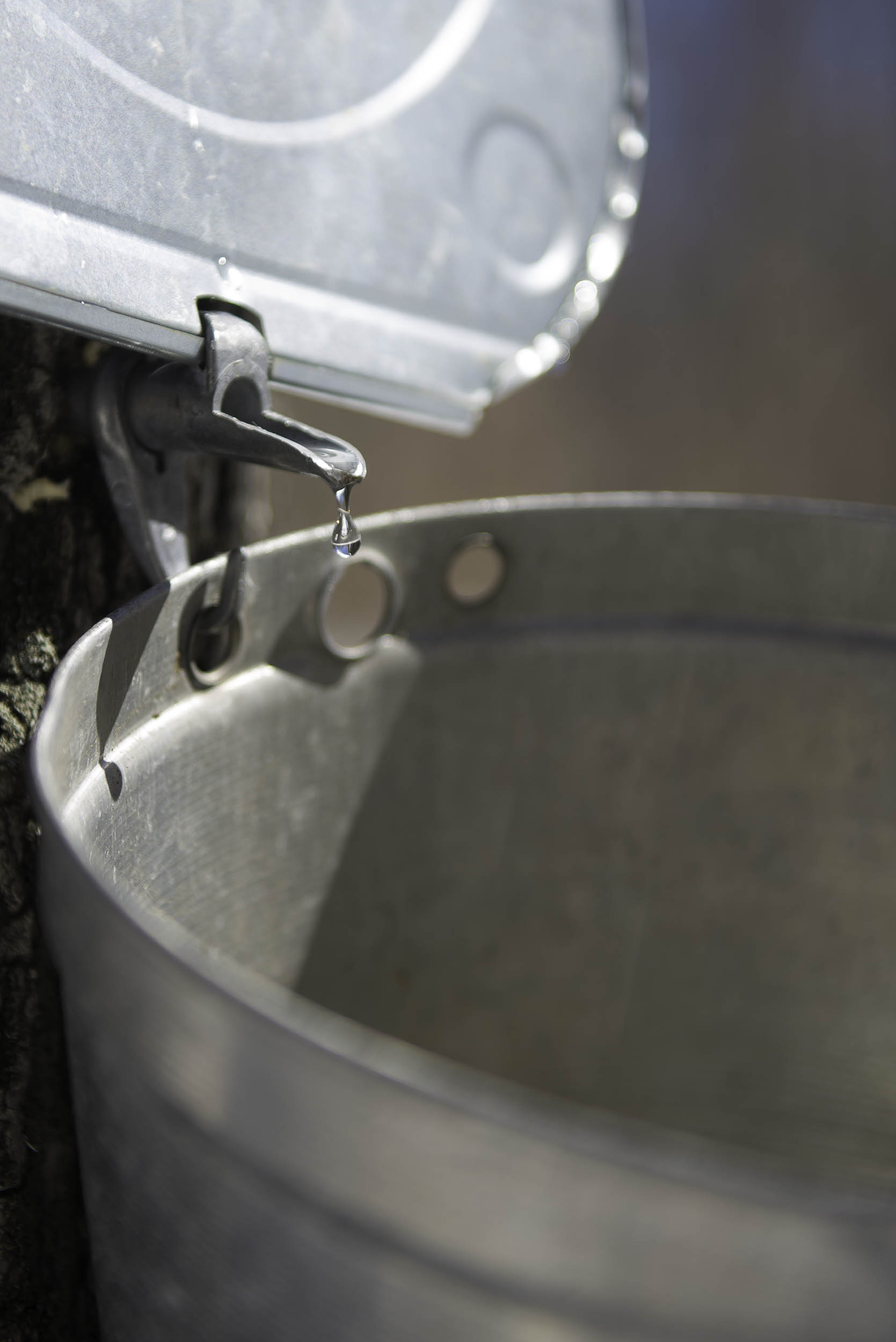 Anishinaabe governance is flexible—it adapts to an ever changing world. The land dictates what Anishinaabe should be doing at a given time of year—there is a right time to fish, a right time to hunt, a right time to pick blueberries, and a right time to make maple syrup. These times are our seasons, and they require that decisions be made in ways that make the most of what the land has to offer, when the land is offering it. The relationship between climate change and sugaring, therefore, reveals something important. It speaks to the fact that Anishinaabe philosophies and governance systems have a future.
Anishinaabe governance is flexible—it adapts to an ever changing world. The land dictates what Anishinaabe should be doing at a given time of year—there is a right time to fish, a right time to hunt, a right time to pick blueberries, and a right time to make maple syrup. These times are our seasons, and they require that decisions be made in ways that make the most of what the land has to offer, when the land is offering it. The relationship between climate change and sugaring, therefore, reveals something important. It speaks to the fact that Anishinaabe philosophies and governance systems have a future.
Yet, there is a long-standing belief out there that Indigenous peoples are disappearing. This is hinged on a deep-seated notion that indigeneity is frozen in time: Indigenous peoples are only Indigenous if they look, talk, act, and govern themselves exactly as they did when Europeans arrived. And so as time moves forward, Indigenous peoples are presumed less authentic because they don’t match the frozen stereotype. Not only is this standard of authenticity highly contradictory to Anishinaabe worldviews concerning the fluidity of time and change, but is also a standard not applied to Canadians. Indigenous people are the only group of people in Canada held to this double standard.
But sugaring in a climate changing world challenges this contradiction. Maple syrup produced in March or even February instead of April is still maple syrup. It doesn’t lose its authenticity just because it didn’t get produced at the same time or in the same way as 200 years ago. Likewise, Anishinaabeg will change over time as well.
What matters, though, is that while timing and form change, the principles and values remain the same. These principles are guided by respect for personal autonomy of all involved and the leadership of women and two-spirit people. In this way, embracing the the fluidity we face in a climate changing world shows us that Anishinaabeg and community-based Anishinaabe governance in Fort William First Nation and the Thunder Bay area has a strong and viable future. Sugaring is thus an island of resurgent Anishinaabe leadership in the ocean of colonizing governance systems we have inherited from surviving under Canada’s Indian policies.
Damien Lee belongs with the Anishinaabeg of the north shore of Lake Superior. He was adopted as an infant into Fort William First Nation in accordance with Anishinaabe law. A PhD candidate in the Department of Native Studies at the University of Manitoba, Damien lives in Thunder Bay and can be found on Twitter: @damienlee
Stephanie MacLaurin is a proud Anishinaabe from Fort William First Nation. She is currently finishing an HBA double major in Indigenous Learning and Political Science Pre-Law at Lakehead University, and is off shortly to the University of Victoria to start her Master of Arts in Indigenous Governance. Stephanie can be found on Twitter: @StephMacLaurin1


